STCLOUD_mod7_storage FULL
for public/STCLOUD_mod7_storage FULL
check 20250525 STCLOUD Storage FULL
Module 7: Storage
Core AWS Services RECAP
- Networks
- Compute
- Database
- Directory Services
there are many services out there. public cloud would need to support various use cases and organizations. don't be afraid of using cloud, chances are there is a service that will help you.
cloud is powerful because it has lots of options.
- Amazon Virtual Private Cloud (VPC) - Networks
- Amazon EC2 - Compute
- VMs → highest amount of control, and responsibility, hardware virtualization
- Containers → OS virtualizations, lightweight, focused on software applications and deployment of applications
- Serverless → kind of like PaaS, focused on your own code nalang (don't think about infra na), API calls, cheapest option (you only pay for every time you do an API call)
- PaaS/Orchestration → focus on code/application/website don't think about infra anymore, deploys resources
- Storage
- Amazon S3 → object storage like GDrive
- great for static files (images, videos, things that don't change)
- each file is a full object, if you have to update something you need to upload a full new copy
- Amazon EBS → block storage
- each file is chopped into blocks, for example each block is 512kb. if you have a 2mb file, it will consume 4 blocks.
- great for changing files
- VM/CT
- HDD/SSD
- has OS
- Example:
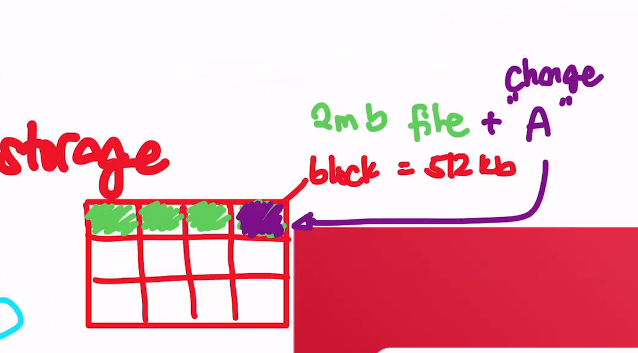
- Amazon EFS → Network File System (NFS)
- great for high-scaling storage, file sharing with multiple devices
- non-root disk (not the one holding the OS)
- Example:
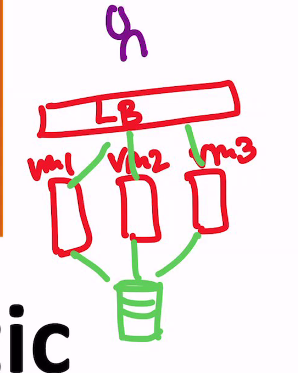
- Amazon S3 Glacier -> Archival Storage
- mostly for archives, long-term storage
- cheapest price per GB
- not instant retrieval (takes a few mins to a few hours) like cassette
- sample use cases would be logs (ex. 1-2 years after a student graduates, they put their info in archival)
- Amazon S3 → object storage like GDrive
- Database
- Amazon Relational Database Service (Amazon RDS) → managed SQL DB
- managed service (focus on your data, the cloud manages the DB for your)
- SQL-type
- if you know how to manage your own DB, you can just go for compute
- good for vertical scaling (many entries, same columns)
- Amazon DynamoDB → non-SQL service
- think MongoDB, XML, JSON, key-value pairs
- good for horizontal scaling (many columns, entries have different key-value pairs)
- Amazon RedShift → Data Warehousing
- normally for big data, large volume
- analytics
- Amazon Aurora → Enterprise SQL
- SQL
- high performance
- clustering
- aggregation
- Amazon Relational Database Service (Amazon RDS) → managed SQL DB
- AWS Identity and Access Management → Directory Services
- users, group, role, policies
- authentication and identification
AWS Storage Options: Block Storage vs. Object Storage
38:50
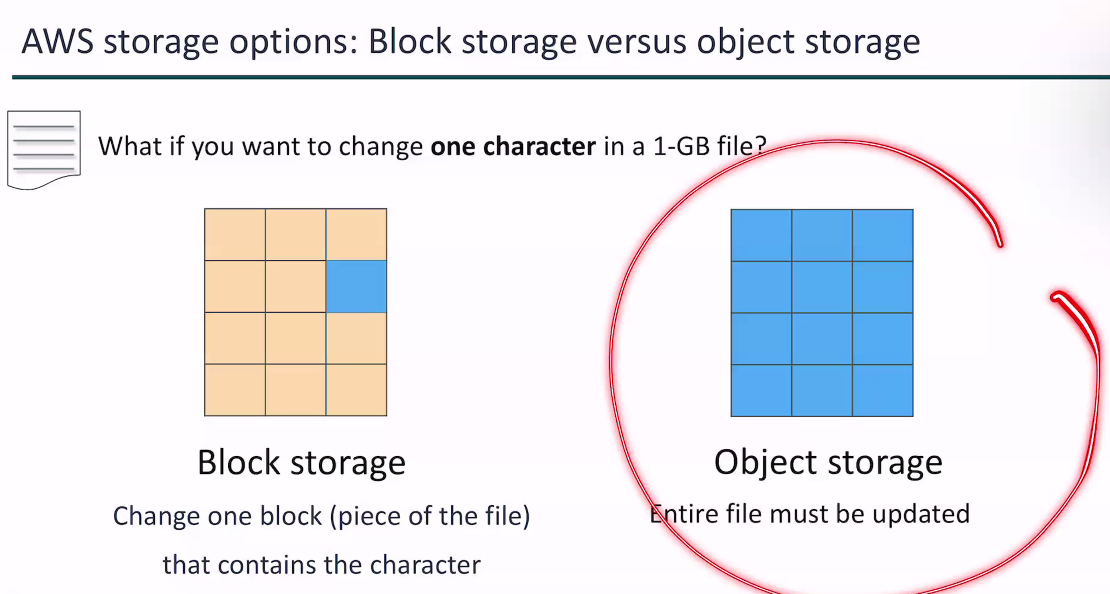
- Block storage → change one piece of the file
- object storage → everything has to be updated, object is for static files like in GDrive
this is where the recording for july 29 starts
Amazon EBS (Elastic? Block Storage)
- enables you to create individual storage volumes and attach them to an Amazon EC2 Instance
- Amazon EBS offers block-level storage
- volumes are automatically replicated within its Availability Zone
- can be backed up automatically to Amazon S3 (object storage) through Snapshots
- uses:
- boot volumes and storage for Amazon Elastic Compute Cloud (Amazon EC2) instances (VMs)
- data storage with a file system (NTFS, exFAT, FAT32)
- database hosts
- Enterprise applications
Amazon EBS Volume Types and Use Cases
| Type of Storage | Solid State Drives (SSD) | Hard Disk Drives (HDD) | ||
|---|---|---|---|---|
| Volume Types | General Purpose | Provisioned IOPS | Throughput Optimized | Cold |
| Max Volume Size | 16TiB | 16TiB | 16TiB | 16TiB |
| Max IOPS/Volume | 16,000 | 64,000 | 500 | 250 |
| Max Throughput/Volume | 250 MiB/s | 1,000 MiB/s | 500 MiB/s | 250 MiB/s |
| Solid State Drives (SSD) | Also SSD | Hard Disk Drives (HDD) | Also HDD |
|---|---|---|---|
| General Purpose | Provisioned IOPS | Throughput Optimized | Cold |
| recommended for most workloads | critical business applications that require sustained IOPS performance, or more than 16k IOPS or 250 MiB/s of throughput per vol | streaming workloads that require consistent, fast, throughput at a low price | throughput-oriented storage for large volumes of data that is infrequently accessed |
| system boot volumes, has OS | large database workloads | big data | for scenarios where the lowest storage cost is important |
| virtual desktops | more for enterprise na | data warehouses | cannot be a boot volume, No OS |
| low latency interactive applications | high data transfer | log processing | |
| development and test environments | - | cannot be a boot volume, No OS | - |
- boot volumes can only be SSD
Amazon EBS Features
- Snapshots - point-in-time snapshots, recreate a new volume at any time, like Time Machine or a save state
- Encryption - encrypted Amazon EBS Volumes, no additional cost
- expect that this may consume a bit more space
- may be a bit slower when you have encryption on
- there's no additional cost because it's your responsibility
- Elasticity - increase capacity, change to different types
- scale up
regarding...
data in rest → customer is responsible
data in transit → customer is responsible
- encryption is a feature and a choice to activate
Amazon Simple Storage Service (Amazon S3) - Object Storage
- data is stored as objects in buckets
- virtually unlimited storage, and a single object is limited to 5TB
- designed for 11 9s of durability
- 99.999999999% annual durability basically means for every 10,000,000 objects stored, you can (on average), expect to lose a single object every 10,000 years. (99.99....% chance your data will NOT be lost)
- basically, data loss due to the cloud provider's infrastructure is a non concern because the chance is so low. it's more likely you'll lose a file to user error, application bugs, or malicious attacks rather than the underlying cloud storage failing.
- granular access to bucket and objects
Amazon S3 (object storage) Classes
Amazon S3 offers a range of object-level storage classes that are designed for different use cases:
- Standard → kind of like Google Drive
- Intelligent-Tiering
- Standard-Infrequent Access (Amazon S3 Standard-IA)
- One Zone-Infrequent Access (Amazon S3 One Zone-IA)
- Glacier
- Deep Archive
(as you move down it becomes cheaper but also becomes slower)
what's happening here is that the longer you don't use a file, the lower it goes
infrequent access: you don't really use it as much
one zone: instead of all availability zones
Amazon S3 (object storage) bucket URLs (2 styles)
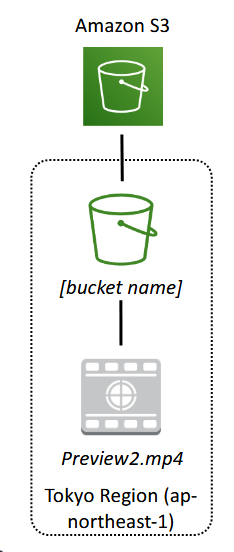
to upload your data
- create a bucket in an AWS region
- upload almost any number of objects to the bucket
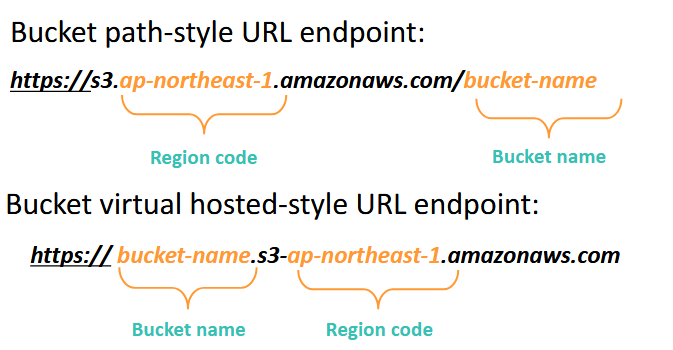
Data is redundantly stored in the region
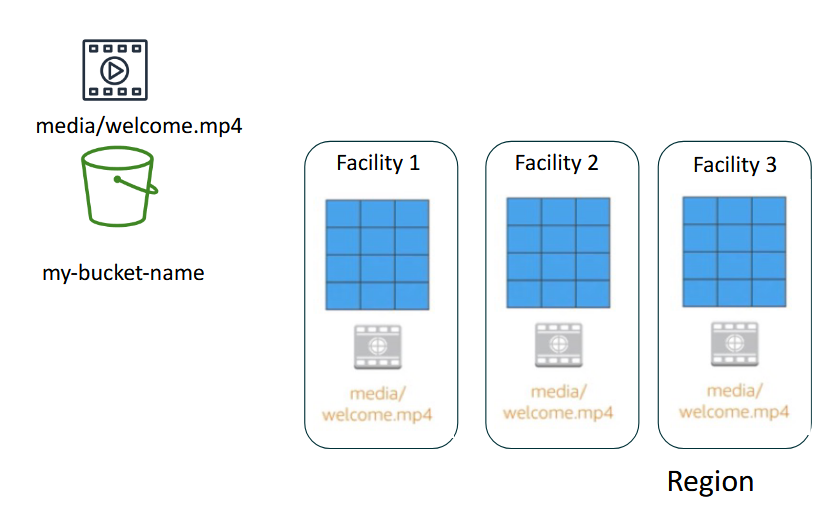
- high durability: if one fails, then you can just go to the other one that has a copy
- backups, redundancy
Access the data anywhere
because it's SaaS, it's connected to the internet
- on AWS Management console (web gui)
- AWS command line interface (CLI)
- SDK
Common Use Cases and Scenarios
use cases
- storing application assets
- static web hosting
- backup and disaster recovery (DR)
- staging area for big data
- and so on...
mostly static data
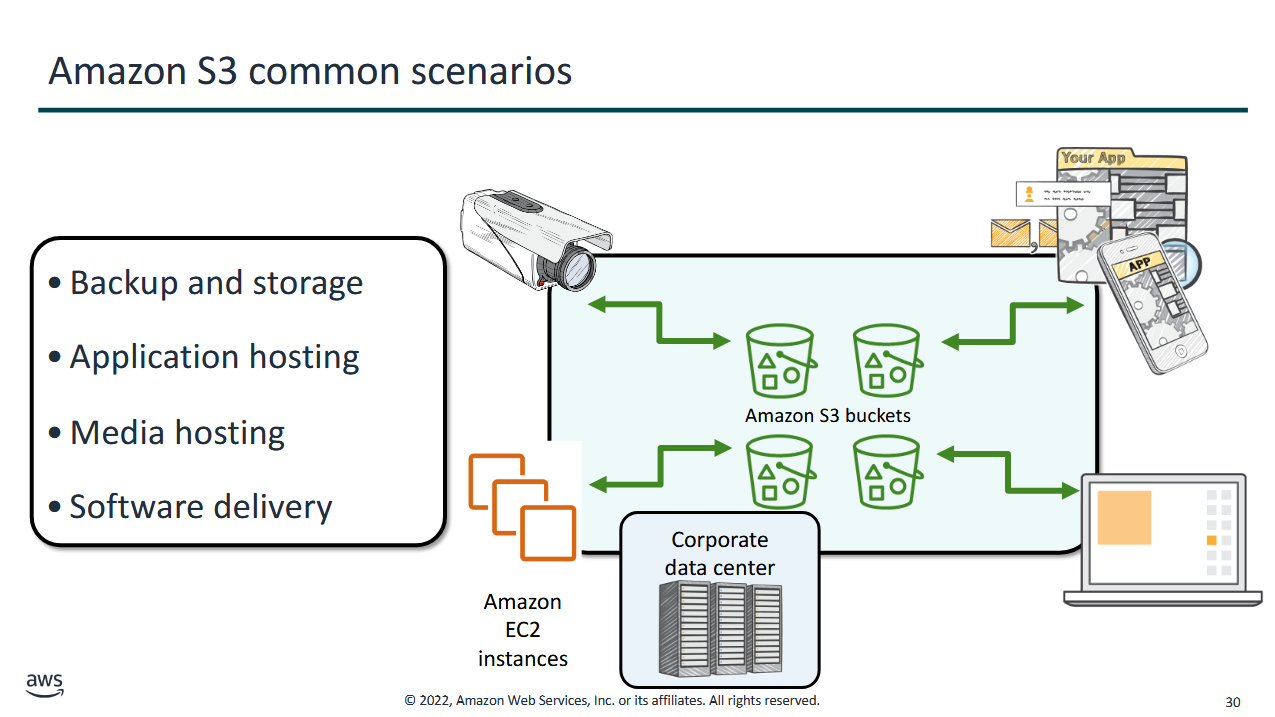
- CCTV Footage
- application assets
- documents in the cloud
Amazon S3 Storage Pricing
to estimate the costs, consider the following:
- Storage class type
- Standard storage is designed for 11 9s of durability, 4 9s of availability (99.99% available, 100%=365 days, 90% availability means 36.5 days of failure, 99% means 3.6 days fail, 99.9% means 0.36 of a day, 99.99% downtime is 50 min down/yr)
- S3 Standard-Infrequent Access (S-IA) is designed for: 11 9s of durability, 3 9s of availability
- Amount of storage
- the number and size of objects
- Requests
- the number and type of requests (GET/PUT/COPY)
- type of requests: different rates for GET requests than other requests
- when you request, you also do a data transfer
- Data Transfer
- pricing is based on the amount of data that is transferred out of the Amazon S3 Region
- data transfer is free, but you incur charges for data that is transferred out
- pricing is based on the amount of data that is transferred out of the Amazon S3 Region
Amazon Elastic File System (Amazon EFS)
- file storage in the AWS cloud
- works well for big data and analytics, media processing workflows, content management, web serving, and home directories
- petabyte-scale, low-latency file system
- shared storage ← main purpose of using NFS
- elastic capacity → able to expand
- supports Network File System (NFS) ver 4.0 and 4.1 (NFSv4)
- NFS is good for file sharing or VMs with load balancing
- compatible with all Linux-based AMIs for Amazon EC2
Amazon EFS architecture
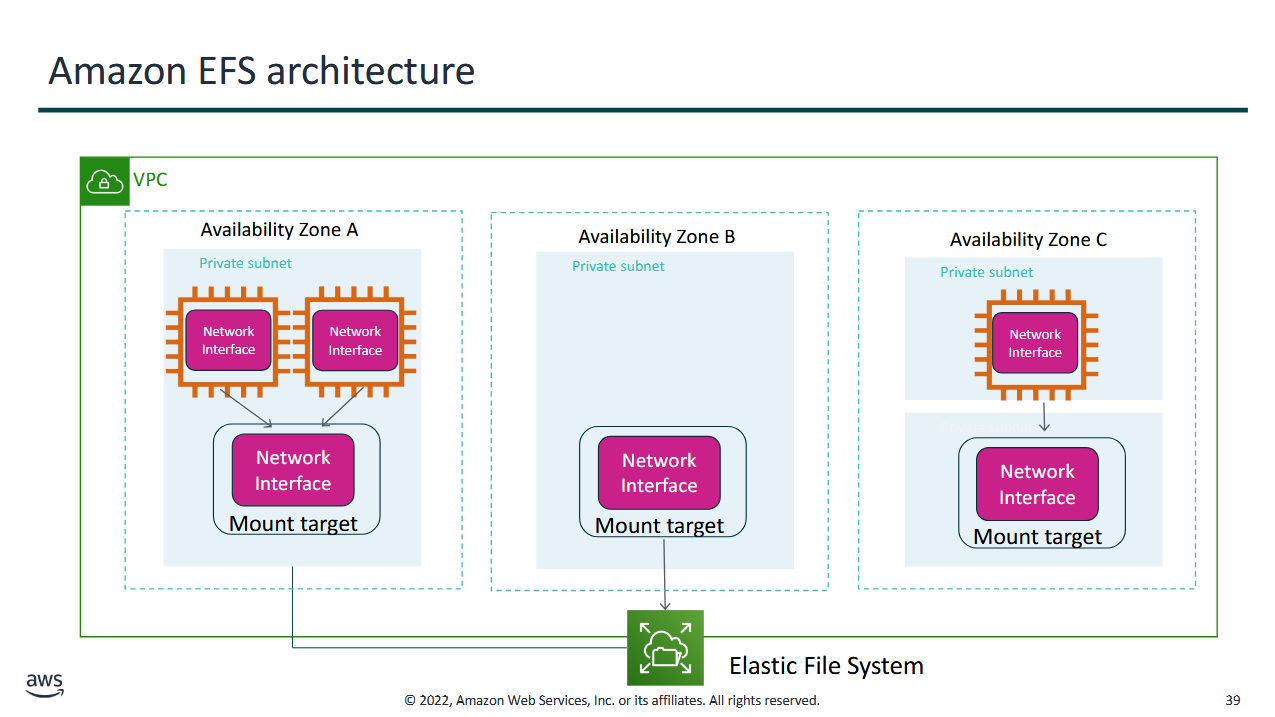
the VMs just mount onto the file system
Amazon S3 Glacier (Archival)
representative of magnetic tape archival, long-term cold storage, and non-instant data retrieval
- is a data archiving service that is designed for security, durability, and an extremely low cost
- Amazon S3 Glacier is designed to provide 11 9s of durability for objects (likelihood for data loss is low to 0)
- supports the encryption of data in transit and at rest through Secure Sockets Layer (SSL) or Transport Layer Security (TLS)
- the Vault Lock feature enforces compliance through a policy
- extremely low-cost design works well for long-term archiving
- provides 3 options for access to archives - expedited, standard, and bulk
- retrieval times range from a few minutes to several hours

- storage service for low-cost data archiving and long-term backup
- you can configure lifecycle archiving of Amazon S3 content to Amazon S3 Glacier
- retrieval options
- standard: 3-5 hours
- bulk: 5-12 hours
- expedited: 1-5 min
Amazon S3 Glacier Use Cases
- media asset archiving
- healthcare information archiving
- regulatory and compliance archiving
- scientific data archiving
- digital preservation
- magnetic tape replacement
Using Amazon S3 Glacier
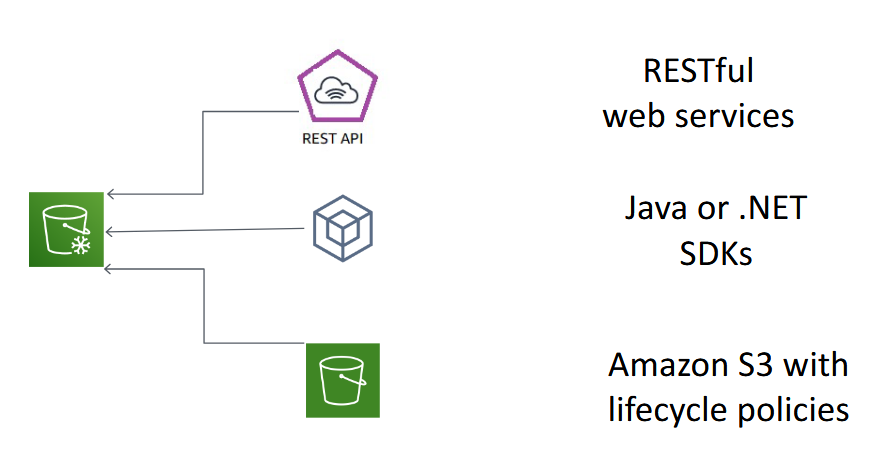
- you can move buckets to glacier
- you can move SDKs to make it programmable
- also use REST APIs
Amazon S3 Glacier Lifecycle Policies
- Amazon S3 lifecycle policies enable you to delete or move objects based on age
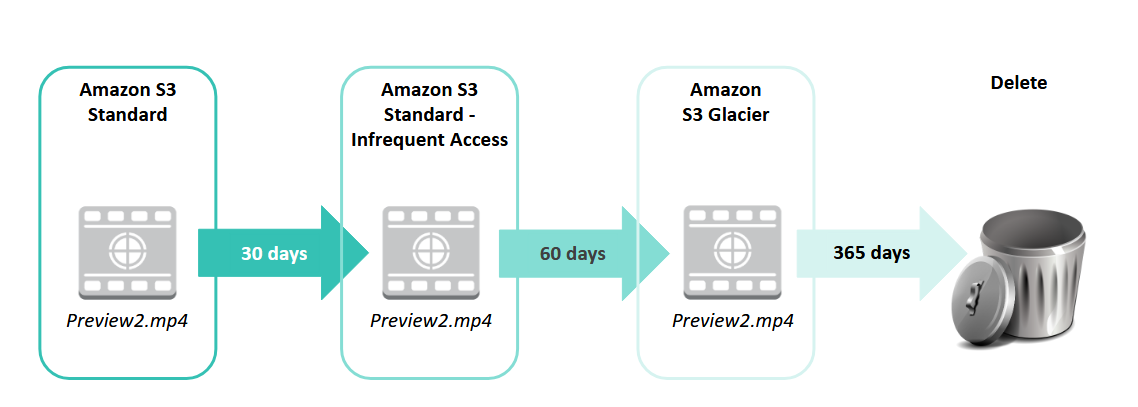
- it can be in standard, then can move to infrequent access, then glacier, etc.
- you can configure it to be deleted
- lifecycle → data from its birth to its death based on the policy you set up
Comparison: Amazon S3 vs Glacier
- both are object storages
- if you're doing a lot of upload and download don't put it in Glacier
| Amazon S3 | Amazon S3 Glacier | |
|---|---|---|
| Data Volume | no limit | no limit |
| Average Latency | ms | mins/hours |
| Item Size | 5TB max | 40 TB max |
| cost/GB per mon | higher | lower |
| billed requests | PUT, COPY, POST, LIST, GET | UPLOAD and retrieval (note you can't get the file immediately, moves it to S3 first) |
| retrieval pricing | ¢ per request | ¢¢ per request and per GB |
Server-side encryption for Amazon S3 and Glacier
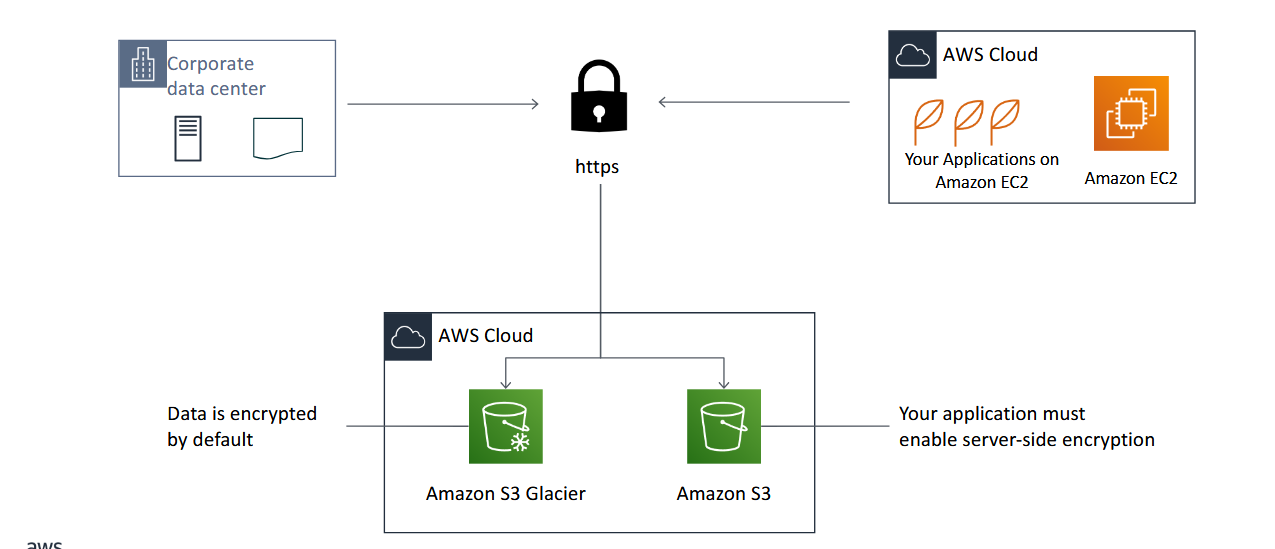
- application must enable encryption
Security with Amazon S3 Glacier
how you secure your storages
- control access with IAM
- Amazon S3 Glacier encrypts your data with AES-256
- Amazon S3 Glacier manages your keys for you